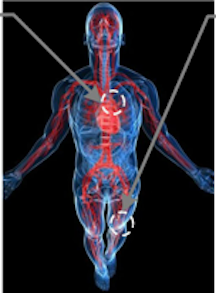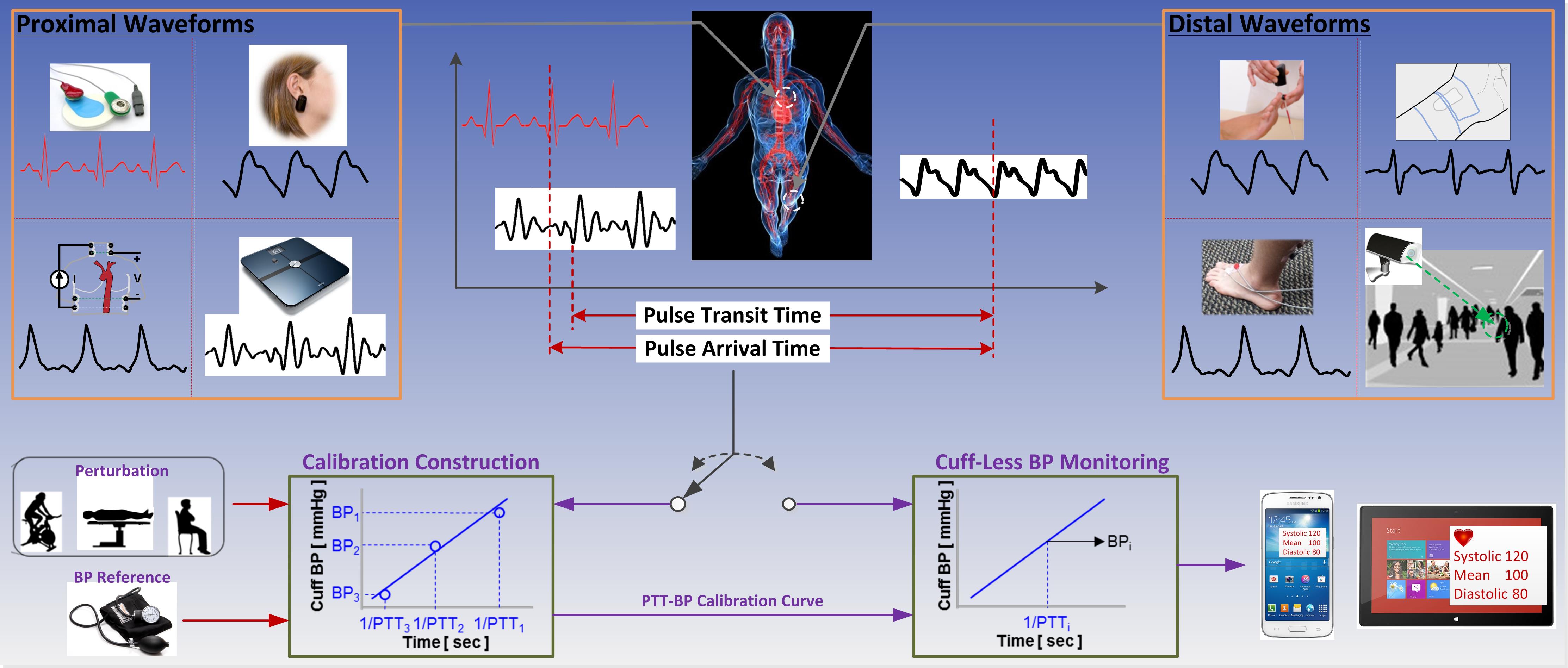Ubiquitous blood pressure monitoring is on the horizon for two reasons. One reason is a profound need. Hypertension is a major cardiovascular risk factor that is treatable, yet high blood pressure detection and control rates are abysmally low, especially in low resource settings. Ubiquitous blood pressure monitoring is expected to improve hypertension detection by providing serial, out-of-clinic measurements in the mass population and could even enhance hypertension control by providing continual feedback to the patient. The second reason is feasibility. There have been a number of relevant technological advances in the recent past such as in wearable sensing, miniaturization, pervasive computing, and smartphones. Further, there is mounting evidence that pulse transit time – the time delay for the pressure wave to travel between two arterial sites – can provide the basis for convenient, cuff-less blood pressure measurement. While major progress on pulse transit time-based blood pressure monitoring has been made, research is still needed to best realize this approach. The objective of this review is to facilitate the achievement of reliable, ubiquitous blood pressure monitoring via pulse transit time. We begin by describing the existing blood pressure measurement methods and their limitations. We then summarize foundational work using mechanistic models to explain the theory of the pulse transit time-blood pressure relationship. After overviewing the pulse transit time-based approach for blood pressure monitoring and its challenges, we review sensing, signal processing, modeling, and experimental methods and results of previous work towards putting the theory to practice while making recommendations for best practice. We conclude by suggesting future research directions and discussing realistic expectations for the approach.


